The Swiss cheese plant—Monstera deliciosa and Monstera adansonii—is forgiving, but most problems start with watering. Overwater and you get yellow leaves and root rot. Underwater and you’ll see curling, droopy leaves and stalled growth. The trick isn’t a strict calendar; it’s learning a few easy checks and adapting to your season and home climate. This guide gives you beginner-proof signs, starter schedules, and a step-by-step watering routine that keeps Monsteras lush without the guesswork.

The quick answer (TL;DR)
- Check first, then water: Let the top 3–5 cm (1–2 in) of soil dry before watering again.
- Water deeply, not often: When due, water until 10–20% runs out the bottom, then empty the saucer.
- Typical indoor cadence:
- Spring–Summer: every 5–7 days in bright rooms; 7–10 days in medium light
- Autumn: every 7–10 days
-
Winter: every 10–14+ days (sometimes 2–3 weeks)
Use these as starting points—always confirm with the signs below.
Simple signs your Monstera actually needs water
Use at least two of these checks before you water:
- Finger test: Soil is dry down to your first or second knuckle (3–5 cm).
- Lift test: The pot feels noticeably lighter than after a watering.
- Leaf language: Leaves look slightly soft or edges begin to curl inward; not crispy, not floppy.
- Moisture meter (optional): Aim for mid-range (“moist,” not “wet”).
- Color & smell check: Surface looks matte, not dark; no sour smell from the pot.
Don’t water just because the top 1 cm is dry. Monsteras prefer a cycle of even moisture → short dry pause → thorough drink.
Seasonal watering schedules (starter ranges)
Every home is different, but these ranges help you plan. Adjust with the signs above.
Spring (growth ramps up)
- Bright, indirect light: every 5–7 days
- Medium light: every 7–10 days
- Begin monthly flushes (see below) if you fertilise.
Summer (peak growth and heat)
- Bright rooms / balconies (dappled): every 4–7 days
- Medium light: every 6–9 days
- Hot rooms + moving air dry pots quicker. Check early in heat waves.
Autumn (light declines)
- Most homes: every 7–10 days
- Reduce fertiliser; watch for slower drying.
Winter (resting/low light)
- Cool, lower light rooms: every 10–14+ days
- Avoid cold, wet soil. Water with room-temperature water.
Your home climate matters (easy tweaks)
Air-conditioned / very dry homes (RH < 40–45%)
- Top layer dries fast while core may stay slightly moist.
- Expect watering on the shorter end of ranges.
- Add a bark or coco-chip top dress (2–3 cm) to slow surface evaporation.
- Aim for 45–55% humidity with a small humidifier or pebble tray.
Humid rooms (bath/kitchen, RH > 55%)
- Soil dries slower; water on the longer end.
- Keep gentle airflow to avoid fungal spotting.
Bright windows & partial sun
- Morning sun is fine; harsh midday can scorch.
- Pots near hot glass dry faster—check sooner.
Low-light corners
- Growth slows; water less often and confirm with the finger + lift tests.
- Consider a grow light (10–12 h/day) for steadier moisture use.
Pot and soil change “how often”
Pot material
- Terracotta: Breathes and dries faster; safer if you overwater.
- Plastic/ceramic: Holds moisture longer; fine in dry homes—monitor closely.
Pot size
-
Size up 1 step only (about 2–5 cm / 1–2 in wider). Oversized pots trap extra wet soil → rot risk.
Easy, peat-free Monstera mix (indoor)
- 40% quality potting mix or coco coir
- 30% perlite/pumice (drainage + air)
- 20% fine orchid bark (structure, root grip)
- 10% worm castings/compost (light nutrition)
Pre-wet the mix so it’s evenly damp (not soggy). This prevents hydrophobic, dry pockets that cause uneven watering.
How to water a Swiss cheese plant (step-by-step)
-
Loosen the surface
Gently stir the top 1–2 cm with a chopstick if it’s crusty. This helps water soak in evenly. -
Water slowly and evenly
Pour around the pot in a circle so all sides get moisture. Avoid channeling down one edge. -
Stop at runoff
When water begins to drain, pause a few seconds, add a little more. Aim for 10–20% runoff. -
Drain fully
After 5 minutes, empty the saucer. If your plant sits in a cachepot, lift the inner pot and pour away trapped water. -
Rotate the pot weekly
Even light = even water use and straighter growth.
Room-temperature water only. Cold water + cold soil = root shock.
Monthly flush & feeding (to prevent brown tips)
- Flush monthly in the growing season: run room-temperature water through the pot for 2–3 minutes to wash out fertiliser salts and minerals that cause brown edges.
- Fertiliser: ¼ strength balanced feed every 4–6 weeks in spring–summer only. Skip when light is poor or growth is slow.
Hard water? If you still see brown tips and a white crust on the soil, try filtered or distilled water for 4–6 weeks and keep the monthly flush.
Special setups: moss poles, aerial roots & self-watering
- Moss/coir poles: Hydrating the pole helps aerial roots, but don’t soak the potting mix to keep the pole wet. Mist or syringe the pole lightly; keep soil on its normal wet/dry cycle.
- Aerial roots: You can tuck them into the soil or direct them toward the pole. They don’t change your soil-watering schedule.
- Self-watering planters: They can work if you use an extra-airy mix, keep the reservoir small, and allow dry breaks. If in doubt, use a regular pot first.
Troubleshooting: what the leaves are telling you
Droopy, curling leaves; soil very dry
- Underwatering. Give a deep drink now; resume your normal cycle.
- Add a bark top dress to slow surface drying; check sooner in hot rooms.
Yellow leaves from the bottom; pot stays heavy 5+ days
- Overwatering / dense soil / oversized pot. Increase light and airflow, extend intervals; repot to an airier mix next time.
Brown tips/edges with white crust on soil
- Salts/hard water + low humidity. Flush monthly; try filtered/distilled water for 4–6 weeks; aim for 45–55% RH.
Leaves droop after watering
- Compacted soil or poor drainage → water can’t move evenly. Aerate the top layer; consider repotting into the airy mix above.
Sour smell, mushy stems at soil line
- Root rot. Unpot, remove mushy roots, repot airy, water less often, and keep warm/bright.
Example weekly routines (adapt to your home)
Bright living room, average humidity (~50%)
- Sun: Check → water if top 3–5 cm dry; empty saucer.
- Wed/Thu: Quick check; wipe dust; rotate 90°.
- 1st Sun/month: Flush thoroughly; fertilise at ¼ strength on the next watering.
Dry, AC-heavy apartment (RH 35–40%)
- Sun: Water when two signs agree (finger + lift).
- Mid-week: Top-dress check; pebble tray refill.
- Consider terracotta pot or slightly more coco in the mix to balance fast surface drying.
Humid kitchen/bath (RH 55–65%)
- Sun: Water; then wait longer (watch the lift test).
- Keep gentle airflow to reduce spotting and keep the soil oxygenated.
FAQs
How often should I water a Monstera indoors?
Start with every 5–10 days in spring–summer and 10–14+ days in winter, then adjust using the finger + lift tests and your room conditions.
Can Monsteras dry out completely?
Let only the top 3–5 cm dry. Long, bone-dry periods cause curling, slow growth, and brown edges.
Do Monsteras like bottom watering?
It’s fine for an occasional re-wet, but alternate with top watering so you can flush salts and ensure even moisture.
Is misting necessary?
Not required. Target room humidity (45–55%) and proper soil moisture instead.
What water is best?
Room-temperature tap is usually fine. If you get persistent brown tips or a salt crust, try filtered/distilled water and monthly flushes.
Final takeaway
Forget rigid calendars. Water your Swiss cheese plant when two signs agree (top 3–5 cm dry, light pot, early leaf curl) and give a deep, even drink to runoff—then drain. Match your cadence to season, light, humidity, pot, and soil. Keep an airy, peat-free mix, flush monthly in the growing season, and you’ll enjoy steady growth, perky leaves, and picture-ready fenestrations without the rot-or-crisp drama.



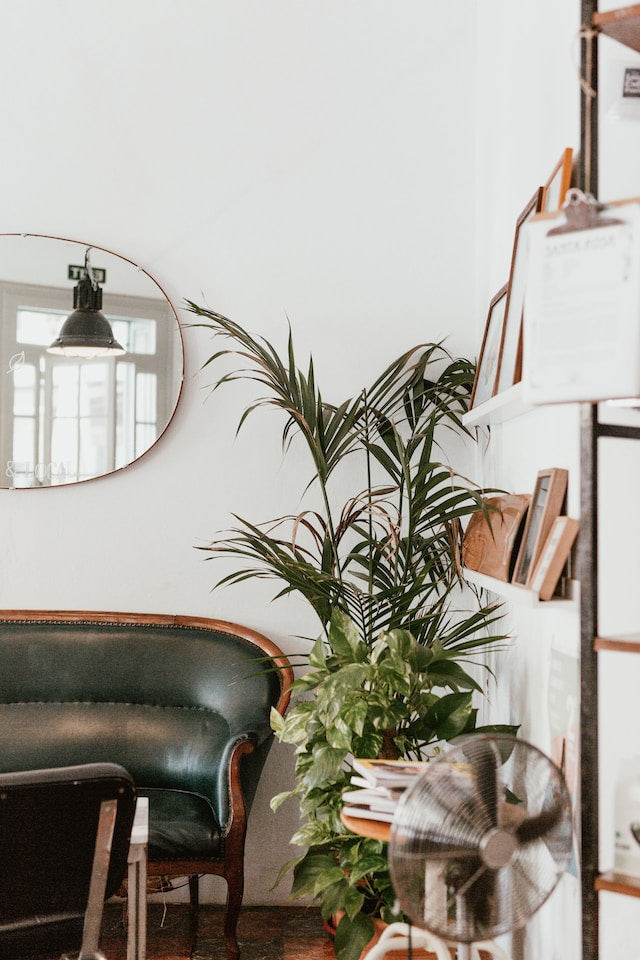
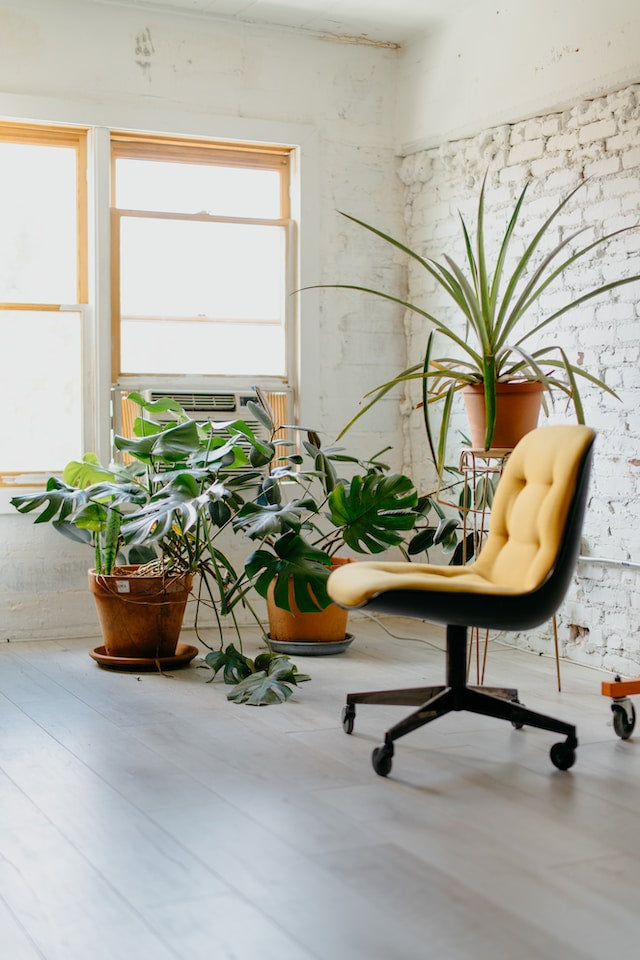
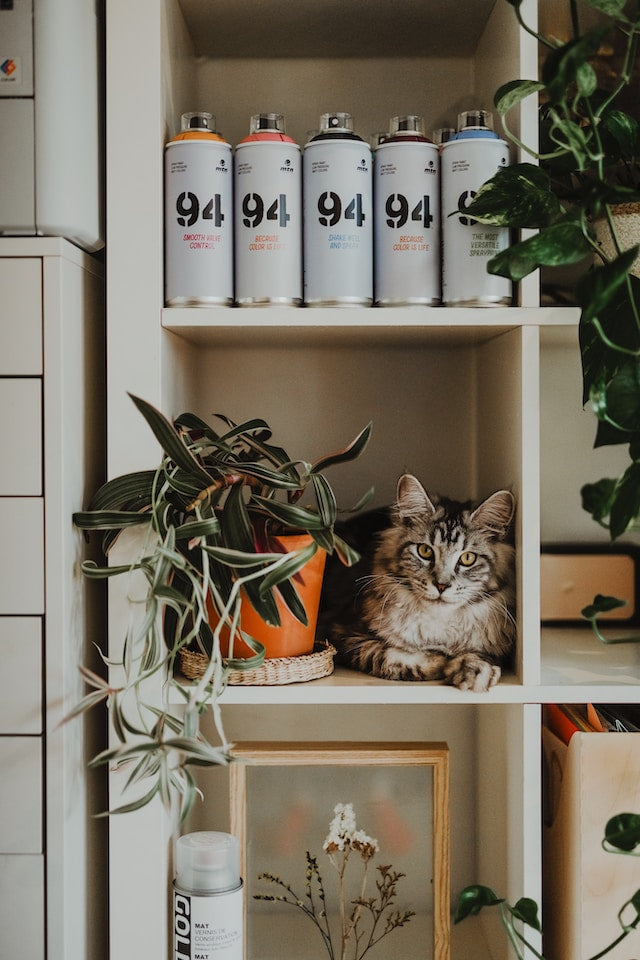
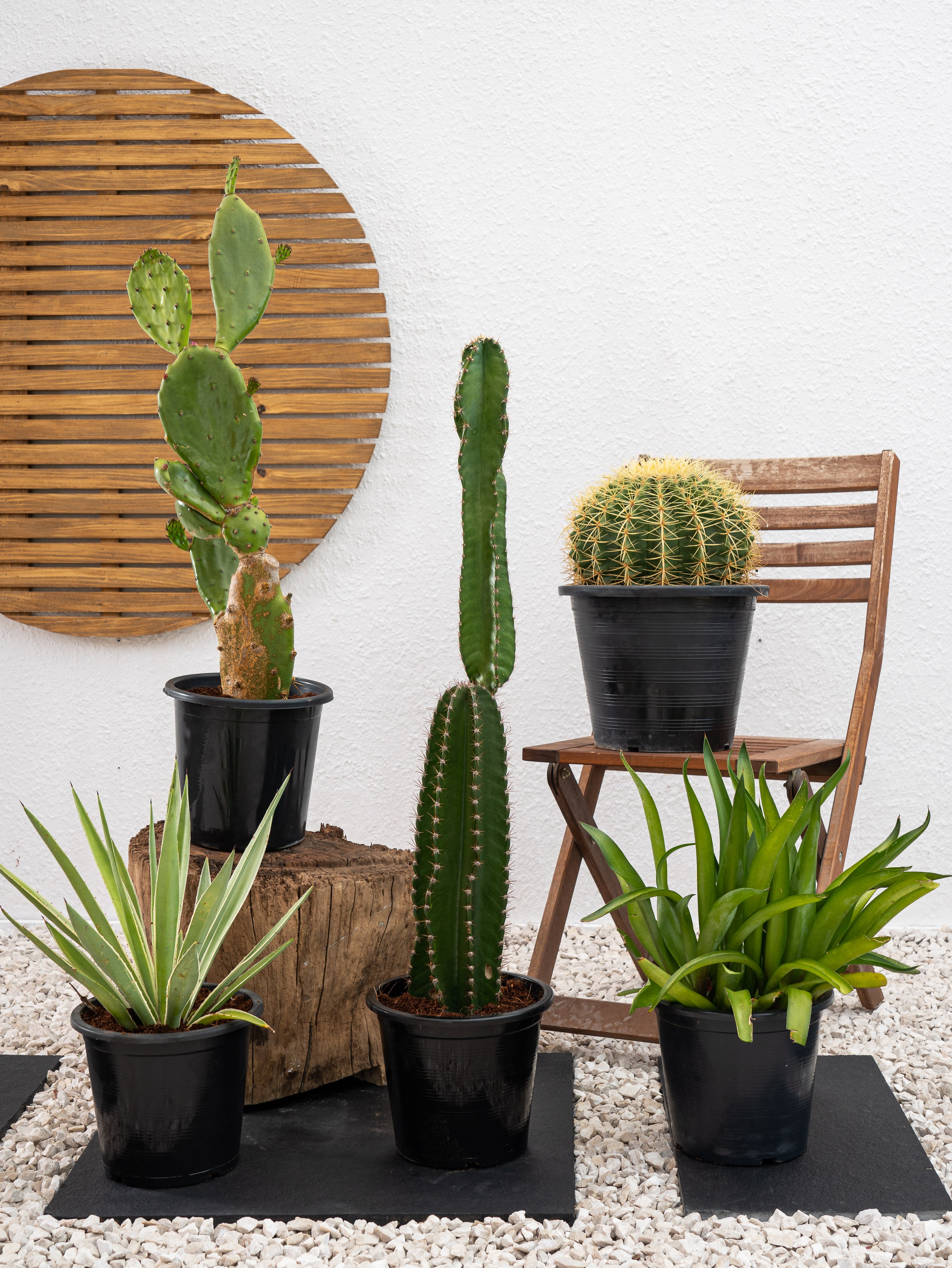

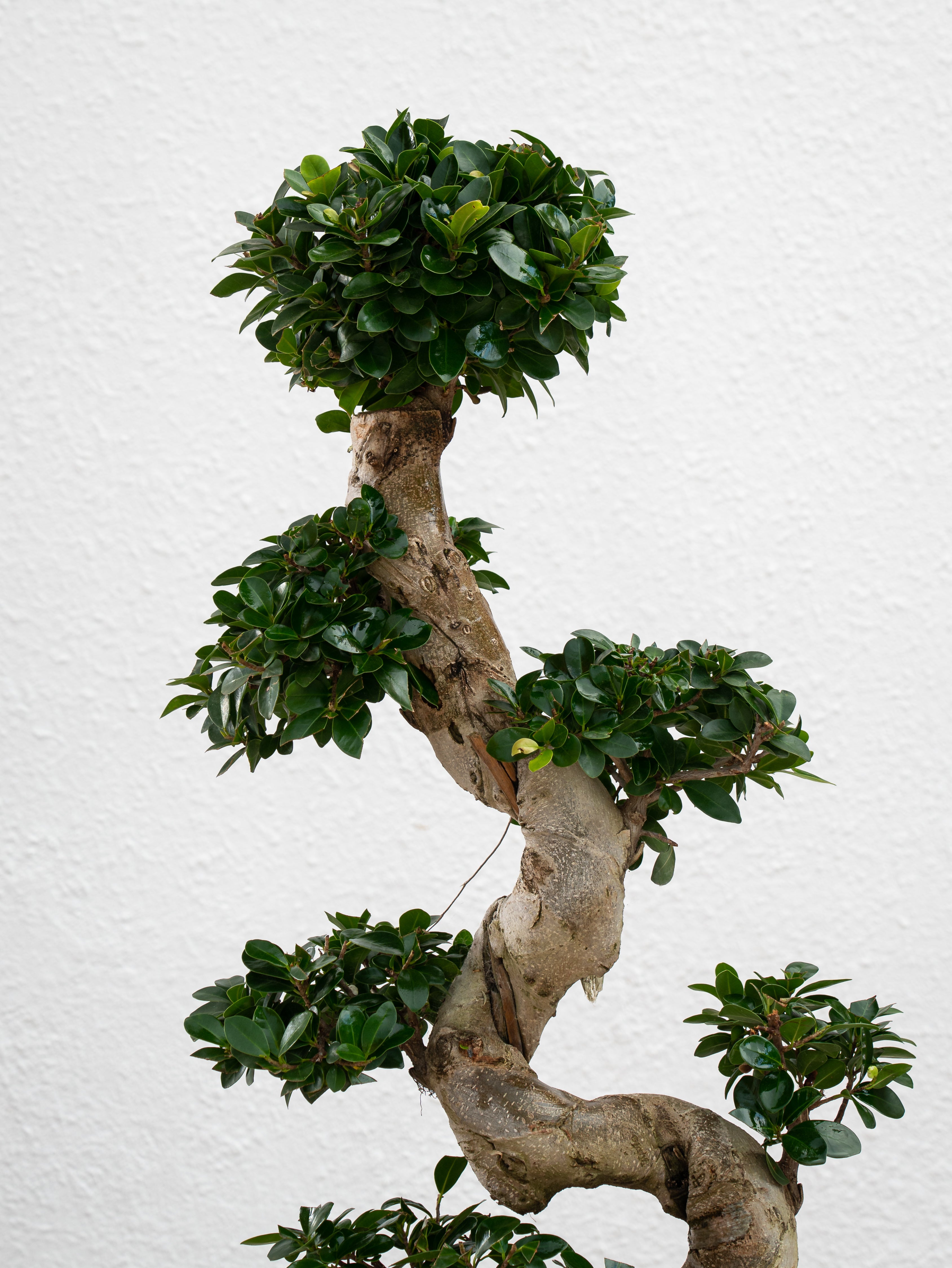
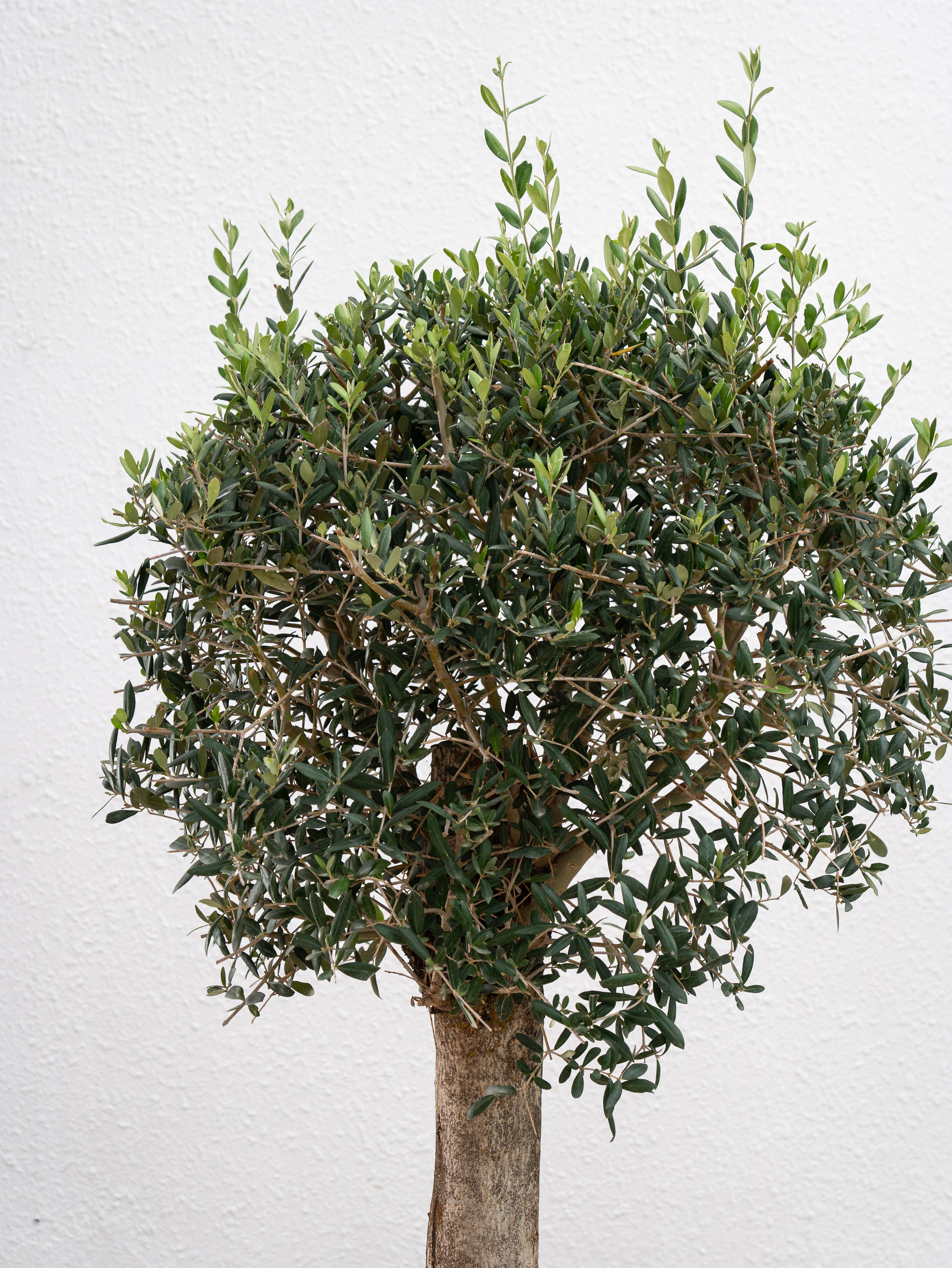



Leave a comment
This site is protected by hCaptcha and the hCaptcha Privacy Policy and Terms of Service apply.